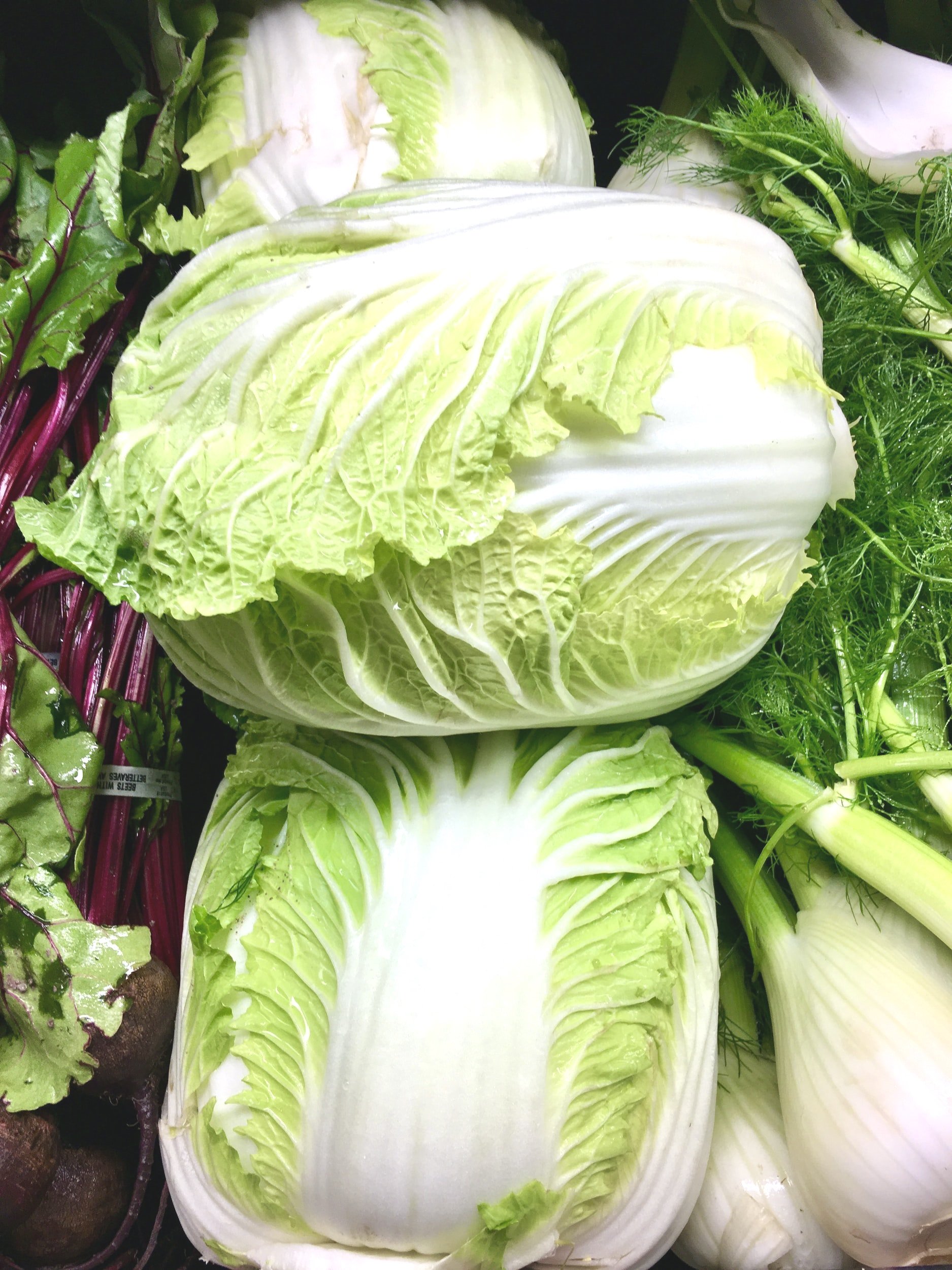
Transition Intelligence for Kimchi Cabbage Production
Challenge
The main variables to consider in relation to chronic changes in regional climate in South Western China are temperature, precipitation, and CO2 concentration. Variation in their average values and deviations directly affect the occurrence and severity of extreme weather events.
Future increases in precipitation extremes related to the monsoon are very likely in East, South, and Southeast Asia. The interannual standard deviation of seasonal mean precipitation also increases. Indeed, counterintuitively, also drought periods are expected to be longer and more severe, although potentially less frequent. Undoubtedly a less stable climate can be expected, especially in high emission scenarios.
The observed crop in the client’s case – Kimchi Cabbage – has shown to be particularly susceptible to changes in temperature since it is generally considered a cool season crop.
Approach
We followed our tried-and-proofed three-step process.
Firstly, the physical risks and transition risks were assessed that affect the operations of the client. Secondly, adaption and mitigation measures were developed to ensure resilience of the client’s operations and harness opportunities. Thirdly, the results of the first and second step were translated into economic values to facilitate stakeholder decision making.
Insights
We are currently on a pathway of 2.7°C warming as of 2022. Hence, agricultural producers such as the client must prepare for a future with significant climate-related risks and high challenges to adaptation and mitigation. Average temperature increase, heavy precipitation, cyclonic events, heatwaves, and frost are the most relevant physical risks to the client’s operations.
Regarding transition risks, the most important aspects were the client’s low usage of technology such as a weather warning systems and precision farming applications for water conservation. Moreover, the client’s lack of insurance considerably increased the vulnerability to the stated physical risks.
In terms of economic impact, frost, droughts, and extreme precipitation have been found to be the most important drivers of both revenue loss and cost increase. Adopting relevant mitigation measures in due time can reduce these risks significantly, however.
Recommended actions
Based on the gathered insights, we found that the most important actions from the proposed set of recommendations are adapting climate change resilient varieties, practicing intercropping, implementing a weather warning system and applying for insurance.
These actions exhibited the highest cost-efficiency ratio to address the identified risks from an economic impact perspective.
